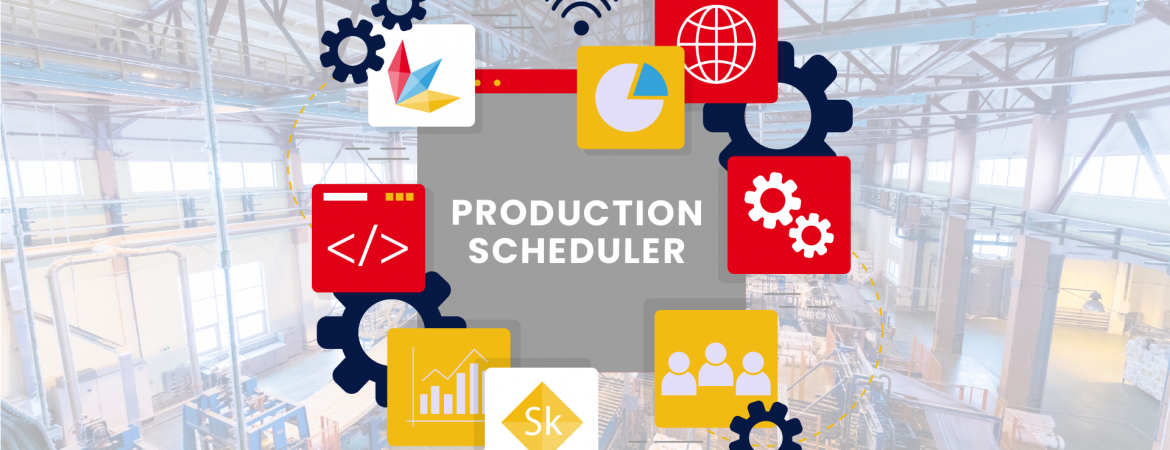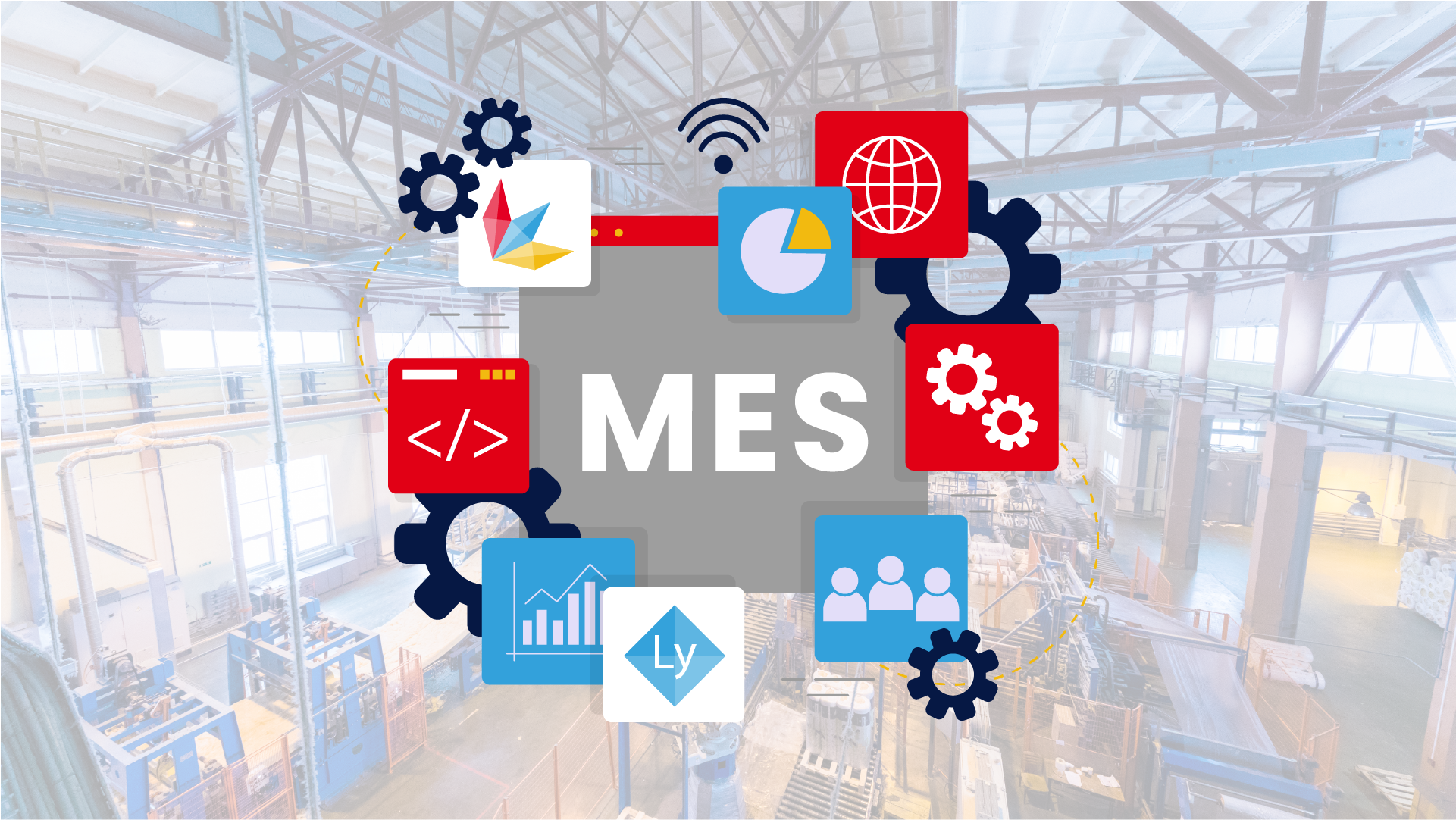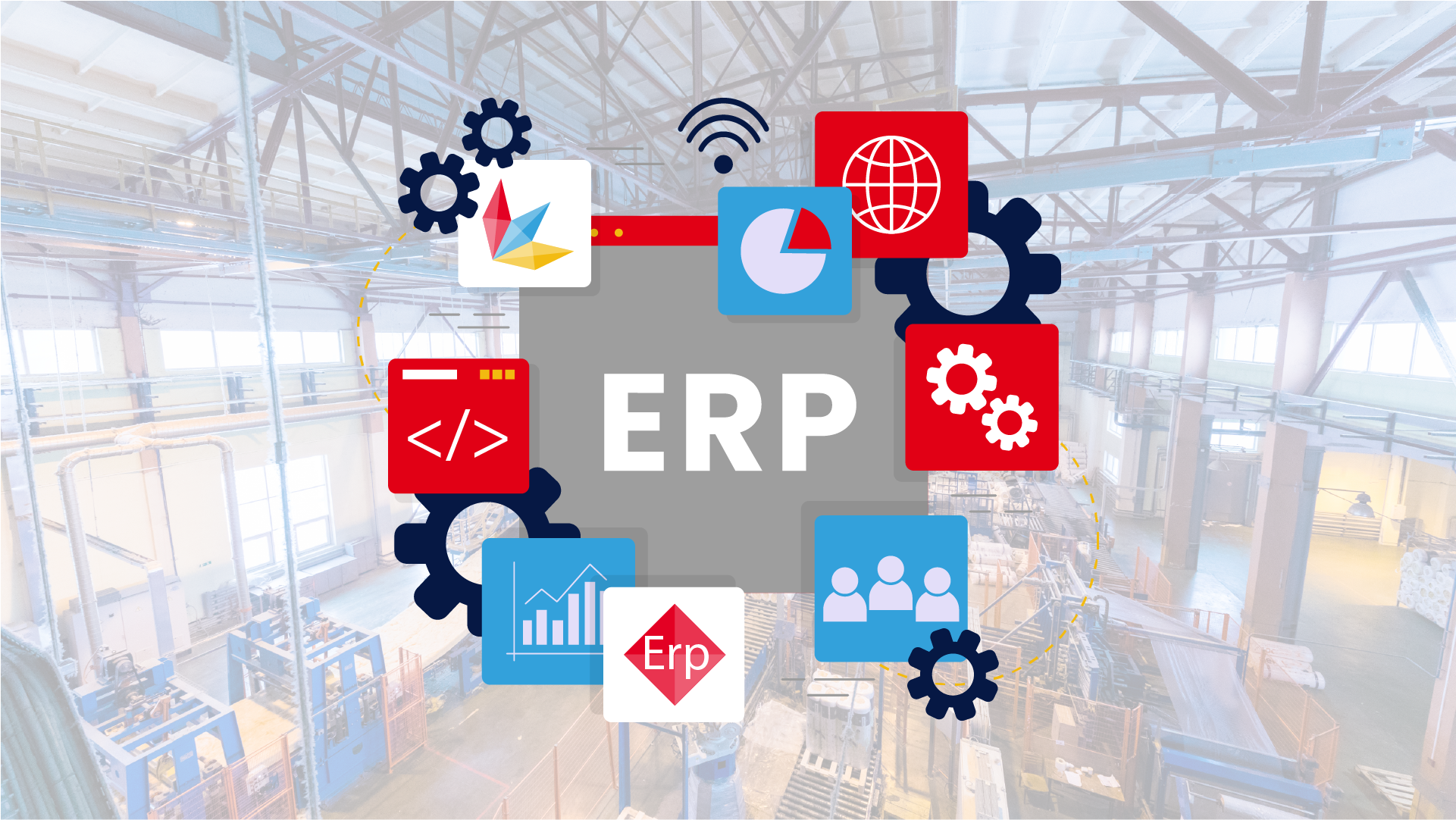With the advent of digitization and the integration of production systems, scheduling software has become capable of managing an increasing number of variables. Today, modern scheduling software utilizes advanced algorithms such as Artificial Intelligence and machine learning to adapt to real-time production conditions and market demand changes. This enables companies to optimize planning, reduce wait times, minimize waste, and maximize the utilization of available resources.
How can it improve business production?
The use of scheduling software brings numerous benefits to efficiency and productivity in business. Here are some of the key ways in which scheduling software can enhance production:
a) Planning optimization: Scheduling software enables more efficient planning of production activities by reducing downtime and improving the sequence of operations. This leads to cost reduction, resource optimization, and improved product delivery.
b) Error reduction: With its ability to handle large amounts of data and variables, scheduling software minimizes human errors in planning and resource allocation. This results in greater precision and consistency in production operations.
c) Increased flexibility: Modern scheduling software allows for quick adaptation to market demand changes and production conditions. This enables companies to better manage unforeseen circumstances such as changes in customer deadlines or machinery breakdowns, and make real-time adjustments to the production plan.
d) Monitoring and analysis: Scheduling software provides monitoring and analysis tools that enable companies to assess production performance, identify areas for improvement, and make data-driven decisions. This contributes to continuous process optimization and increased business competitiveness.
Why it has become indispensable
In today’s highly competitive and rapidly evolving business landscape, scheduling software has become essential for companies that aim to remain competitive and fully capitalize on growth opportunities. With the increasing complexity of production and the need for operational efficiency, relying on manual or ad-hoc systems can be risky and result in delays, errors, and high costs.
Scheduling software offers a systematic approach to production management, enabling resource optimization, reduced wait times, and improved product quality. Furthermore, the ability to adapt to changes and make data-driven decisions provides companies with a significant competitive advantage in the current market.
Choosing the right scheduling software
Selecting the appropriate scheduling software for your company requires a careful evaluation of specific needs and company characteristics. Here are some points to consider during the selection process:
a) Functionality: Ensure that the scheduling software offers the necessary features to meet your production needs. These may include automated planning, resource management, performance monitoring, integration with other business systems, etc.
b) Scalability: Verify if the software can handle the current size and complexity of your company, as well as adapt and grow with your business over time.
c) User-friendliness: The scheduling software should be intuitive and easy to use for members of your team. Ensure that the user interface is clear and that the learning curve is reasonable.
d) Support and assistance: Check if the software provider offers good technical support and ongoing assistance. This is particularly important during the initial implementation and in the case of any future issues.
e) Costs: Carefully evaluate the software’s value for money. Consider both the upfront costs and recurring expenses, such as licenses, maintenance, and updates.
Choosing the right scheduling software for your company may require a significant investment, but the benefits gained in terms of efficiency and productivity can greatly outweigh this decision.




One Reply to “Schedulating software”
[…] and control real-time production processes. The MES software acts as an interface between the enterprise planning system and the operational level, enabling better management of production activities and information […]